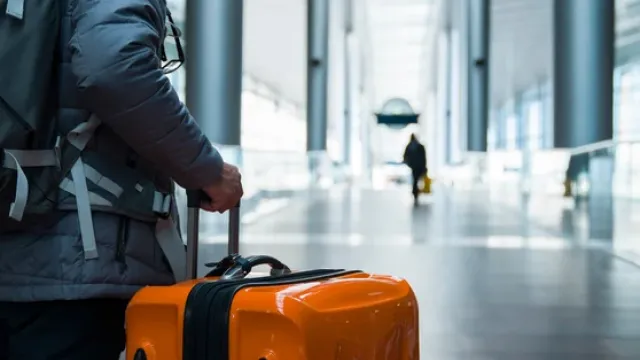
INSIGHT
EU Travel Update: Entry/Exit System
Updated 8th April 2025
The European Union’s Entry/Exit System (EES) is expected to launch in October 2025 but may be further delayed.
The implementation of the new biometric system will affect travellers from non-EU countries who travel to Europe. It is another step in registering non-EU visitors, including short stay visa holders.
Here is what we know.
What is the Entry/Exit System (EES)?
EES is a new system that collects biometric data, such as digital photographs and fingerprints. It will electronically register each travellers' entry, exit and refusal of entry for external border crossings of these countries:
A-F: Austria, Belgium, Bulgaria, Croatia, Czech Republic, Denmark, Estonia, Finland, France
G-L: Germany, Greece, Hungary, Iceland, Italy, Latvia, Liechtenstein, Lithuania, Luxembourg
M-S: Malta, Netherland, Norway, Poland, Portugal, Romania, Slovakia, Slovenia, Spain, Sweden, Switzerland
What is an external border crossing?
The countries above are part of the Schengen area, a large zone of Europe where people can travel freely between member states without going through border control. An external border is related to travel between a country in the Schengen area and one that is not, such as the Americas, Asia Pacific, Africa, UAE, or some countries in Europe not part of the Schengen, like the UK and Ireland.

Who does EES apply to?
Any non-EU national, i.e. those not from the countries listed above who either:
- Have a short stay visa.
- Visa exempt travellers who fall in the 90 days in 180-day period rule. The period of 90 days in any 180 days is calculated as a single period for all the European countries using the EES.
Who is exempt from EES?
Examples of who the EES does not apply to include:
- Nationals of the European countries using the EES, as well as Cyprus and Ireland.
- Non-EU nationals who hold a residence card and have a close family member who is an EU national.
- Long-stay visa holders and those with residence permits.
- Those exempt or have privileges from border checks e.g. heads of states.
What to expect at border control
First trip post-start date
You will be required to provide personal data. Passport control officers will scan your fingerprints and take a photo of your face to be stored. Unlike the current system, there is no requirement for passport stamping (boo!), so you won't see one in your document.
You can register your data in advance through a self-service system at the airport, or through a mobile app if the country you're travelling to/from has one.
Following visits
Since your fingerprints and photo are already recorded, the passport control officer will verify what's in the system. For those with biometric passports, you can enter even more quickly using the self-service system (if available at the airport).
What data will be collected?
For all external border crossings, the EES will collect:
- Data listed in your travel document e.g. full name, date of birth.
- Data and place of each entry and exit.
- Facial images and fingerprints.
- Any record of refused entry.
Find out more on what is collected, why and how long it is stored for here.

Why is EES being introduced?
Entry/Exit System is part of a variety of measures being introduced by the EU, European Commission and European Parliament to modernise the travel experience and reduce cross border crime. EES in particular will:
- Provide reliable data on entries, exits and refused entry, to identify over stayers i.e. travellers that have stayed in Europe more than 90 days out of 180 days.
- Help combat mistaken identity fraud by collecting biometric data.
- Strengthen security due to improved border checks and use of electronic records.
- Promotes real-time information sharing so border authorities can have more accurate information.
- Reduce queues at border control with information recorded and less manual stamping.
How else is the EU digitalising the border process?
After the launch of EES, officials will turn their attention to the European Travel Information and Authorisation System (ETIAS). In a similar concept to the US ESTA, this authorisation system has been subject to delays and we are currently unsure when it will launch. Read more about ETIAS here.


